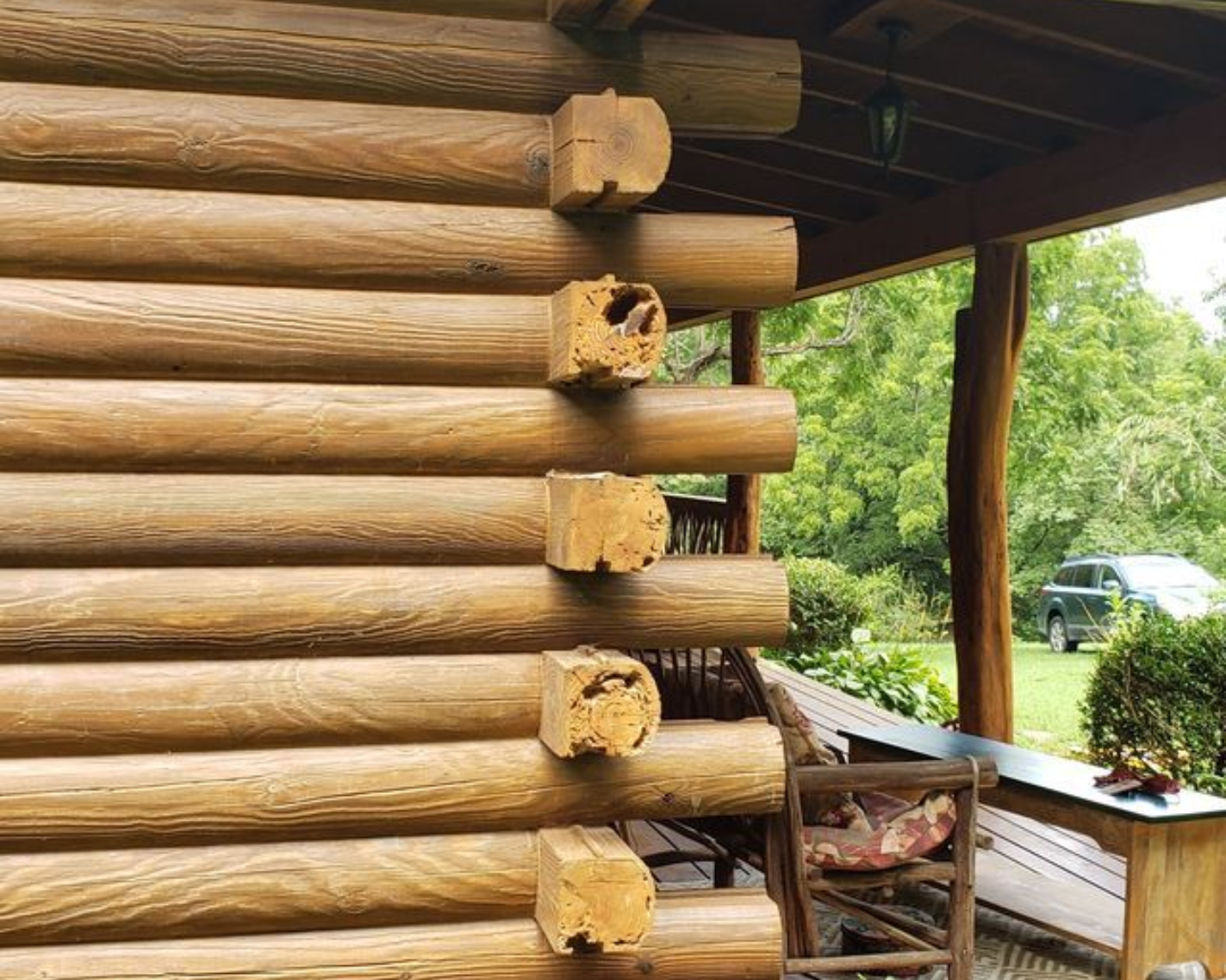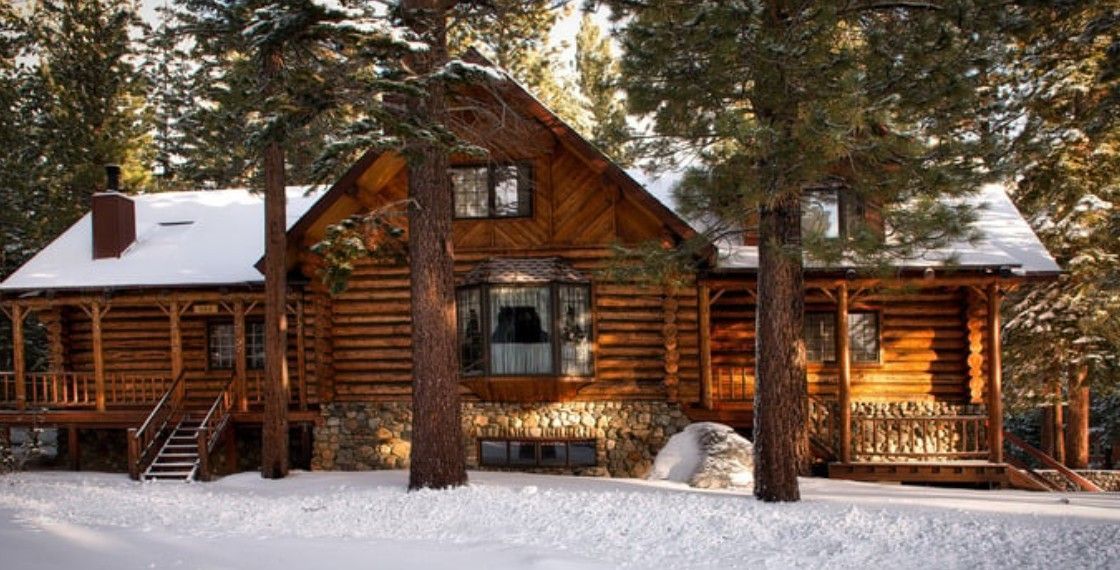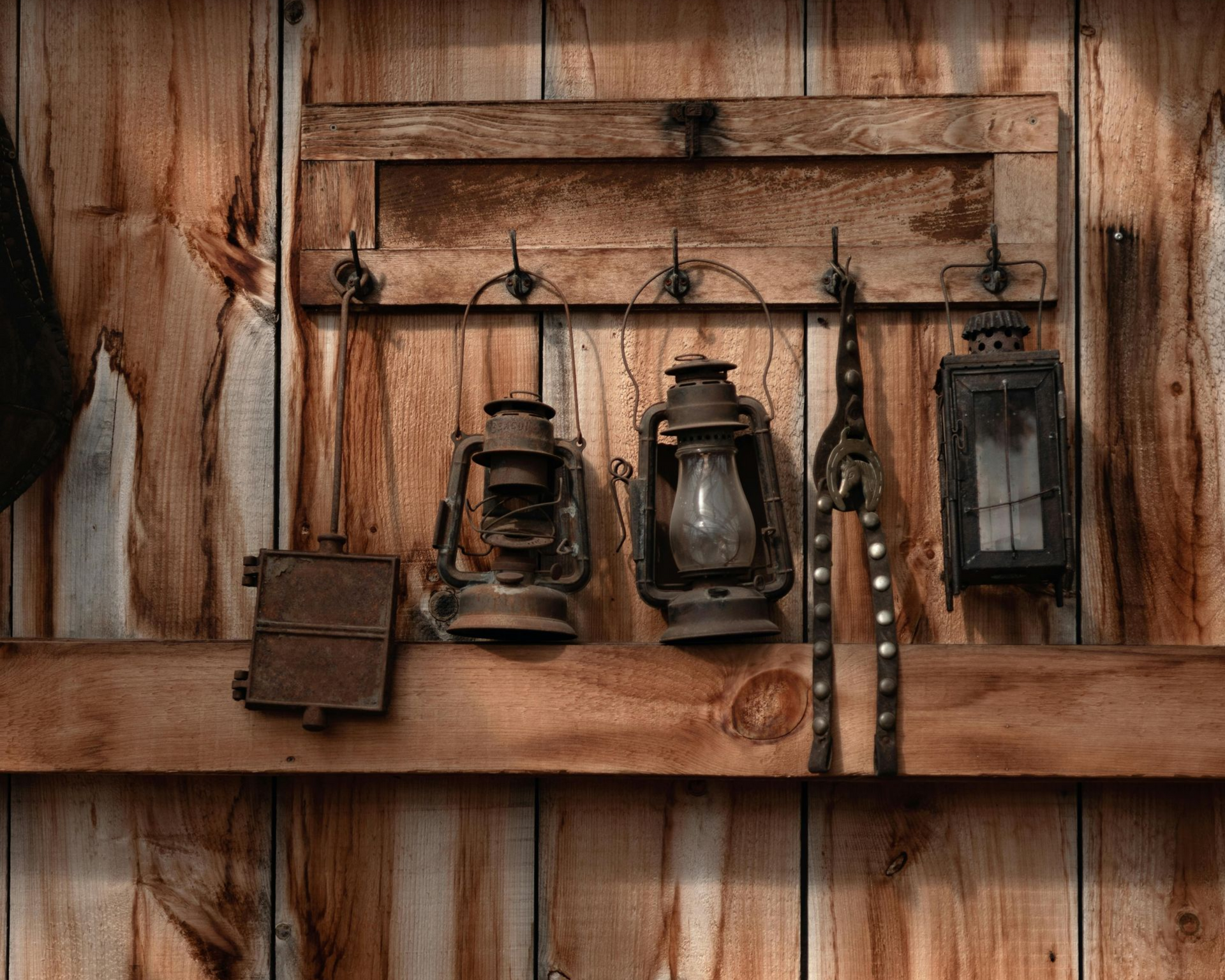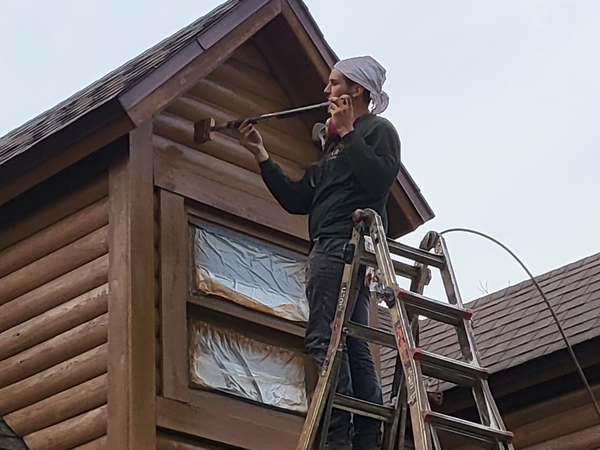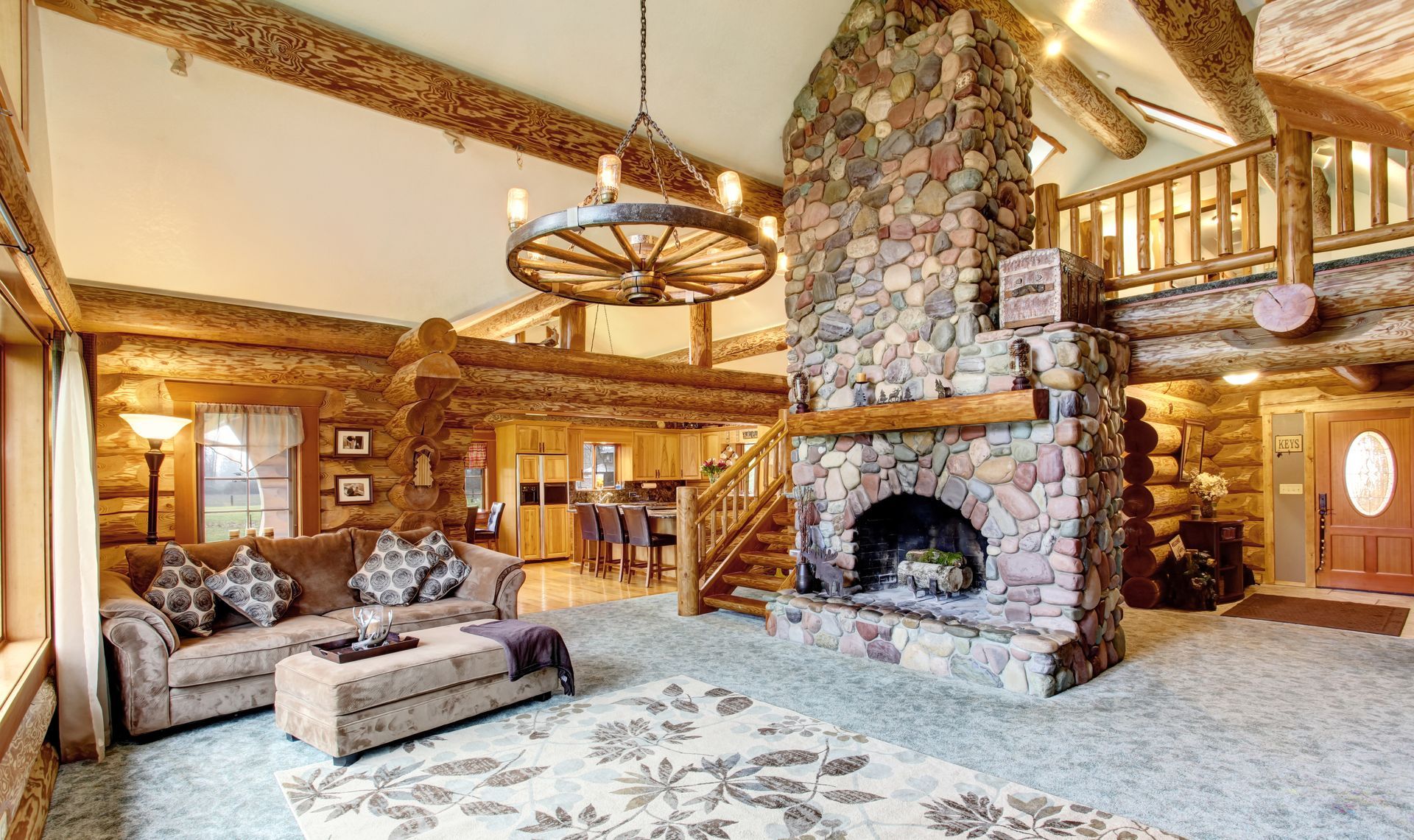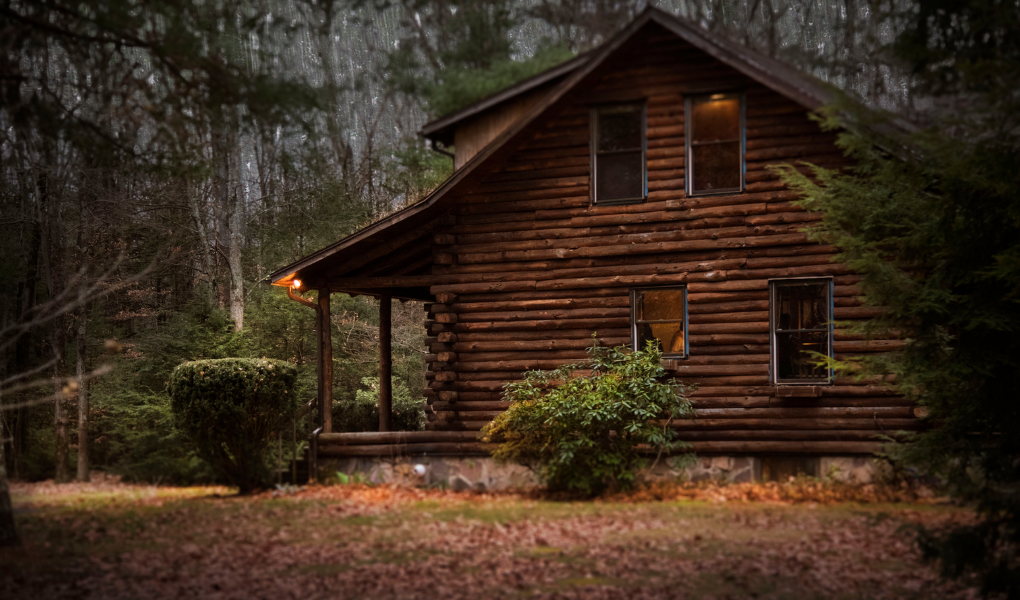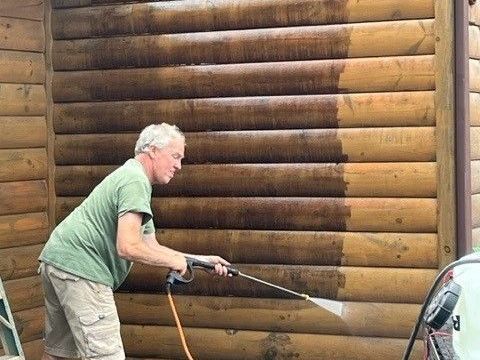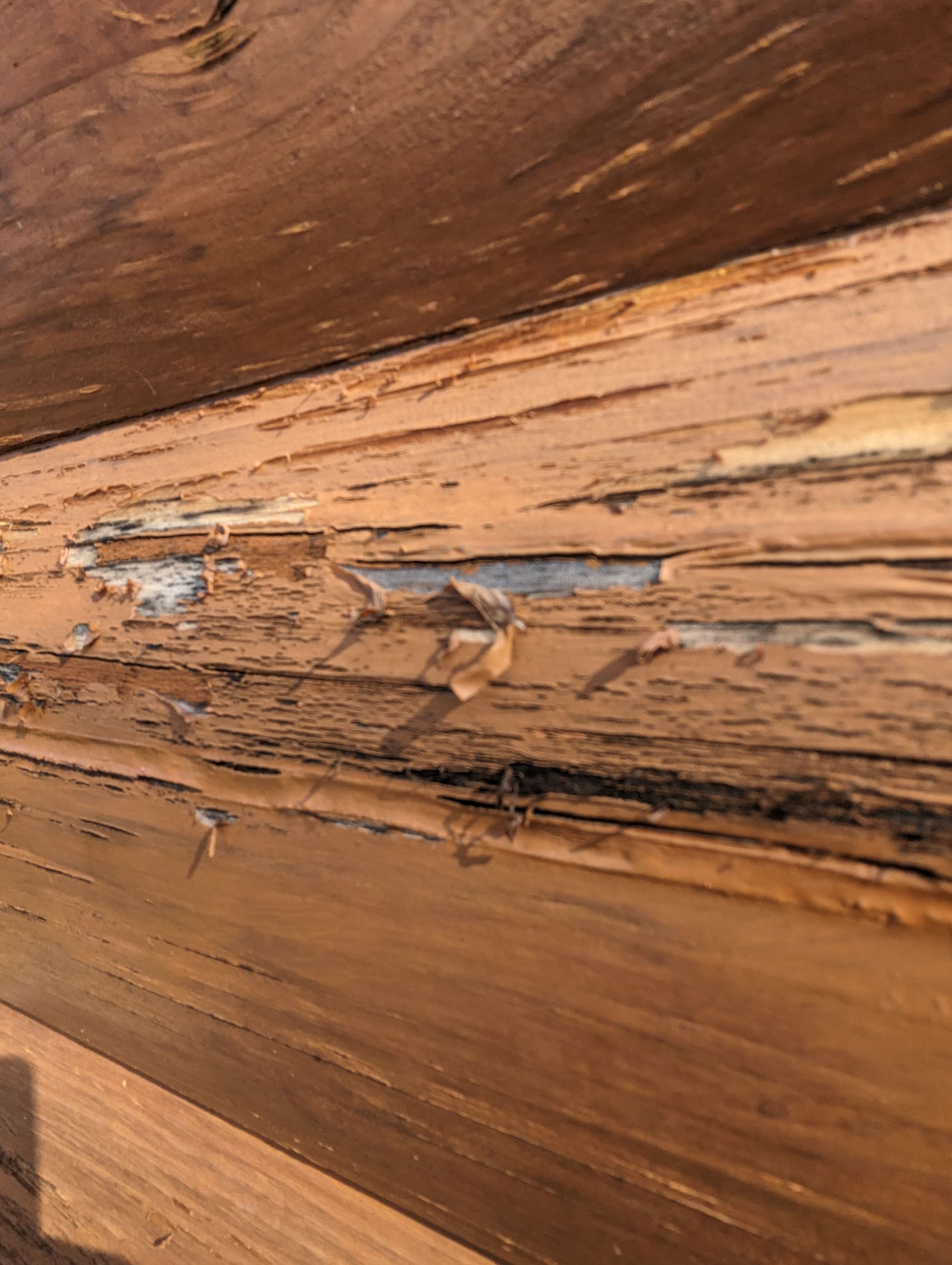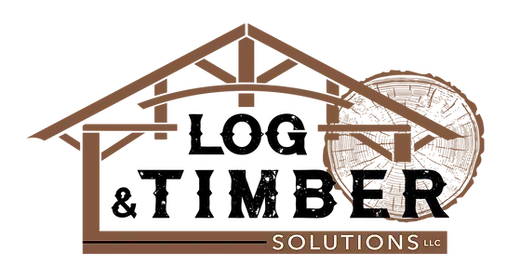Log Cabin Buying Checklist: What to Know Before You Invest
Owning a log cabin is a dream many people share. Whether you imagine it as a peaceful weekend retreat, a charming getaway, or even your permanent residence, a log cabin can provide unique beauty and comfort.
However, purchasing a log cabin isn’t quite the same as buying a conventional home. There are extra factors to evaluate to make sure that your investment is a smart and lasting one.
Use this checklist to guide your evaluation process, avoid costly mistakes, and make an informed decision as you bring your log cabin dreams to life.
1. Inspect the Quality of the Logs
The logs are the backbone of any cabin, and their condition directly affects the building’s longevity, appearance, and structural integrity. Assess every detail.
Key Things to Check:
- Signs of Rot: Watch out for soft wood, dark discoloration, or musty odors. These could signal log rot, especially in areas close to the foundation or below window sills.
- Damage from Pests: Look for tiny holes, sawdust-like residue, or evidence of pests such as termites and carpenter ants.
- Moisture Problems: Water stains (commonly called tannin stains) or mold on the logs may suggest poor drainage or past water damage.
Hiring a professional log cabin inspector is highly recommended. They can spot hidden issues and evaluate the overall health of the cabin’s structure.
2. Evaluate the Foundation and Structural Integrity
A strong foundation is fundamental to the stability of any home, and log cabins are no exception. A solid footing supports the quaint and rugged charm of your cabin while minimizing long-term repairs.
Inspection Tips:
- Check for Cracks: Examine the foundation for cracks or signs of shifting. Issues here may compromise the cabin's stability and could lead to expensive repairs.
- Look at Log Placement: Ensure that the logs are securely in place and not bowing, shifting, or separating due to poor construction or pressure over time.
- Inspect Corner Joints and Roofs: Make sure all joinery between logs and beams is secure and inspect the roof for leaks or missing shingles.
Structural issues can be some of the costliest problems to fix, so don’t overlook this critical step.
3. Understand Maintenance Requirements and Costs
Log cabins require a unique approach to maintenance compared to conventional homes. As a potential buyer, you’ll want to understand the effort and cost to keep the cabin in good shape.
Essential Maintenance Tasks:
- Re-Staining: Logs need periodic staining every three to five years to protect against UV damage, moisture intrusion, and general wear.
- Chinking and Sealing: The material between logs, known as chinking, must be in good shape to provide proper sealing and insulation.
- Pest Management: Depending on your cabin’s location, pest control (e.g., for carpenter bees or ants) could be an ongoing responsibility.
- Seasonal Prep: Regularly clean gutters, check the roof, and make sure the logs are protected against seasonal weather effects like snow and rain.
Discuss maintenance history and tips with the current owner or consult a professional with log cabin experience. Setting realistic expectations for upkeep can save you both time and money.
Pro Tip:
To simplify future maintenance and reduce costs, consider cabins with practical design features. Decks and accessible walls make routine upkeep much easier. For more insights, read our blog "10 Tips For Maintenance Free Log Home."
4. Consider Environmental Factors
Your cabin's location will have a major influence on its durability, convenience, and how much you’ll enjoy it. Think about how the surrounding environment aligns with your lifestyle and maintenance preferences.
Points to Assess:
- Weather and Climate: Extreme weather conditions, like heavy snow or intense UV exposure, can add to maintenance needs.
- Drainage and Grading: The land should slope away from the cabin to prevent water from pooling near the foundation, which could lead to rot or mold issues.
- Accessibility: Is the cabin easy to reach year-round, or will muddy roads or snow create challenges?
The climate and terrain will play a big role in the upkeep required for your cabin, so think carefully about how these factors fit with your plans.
5. Check Permits and Legal Requirements
Before finalizing your purchase, verify any legal or property-specific restrictions so you don’t encounter surprises down the road.
Things to Confirm:
- Zoning Laws: Make sure the property is zoned for residential use or your intended purpose.
- Permits for Modifications: If you plan to make additions or renovations, find out whether permits will be required.
- HOA Rules: If the cabin is within a community or development, review any homeowner’s association (HOA) guidelines that may limit what you can do.
Taking time to handle these legalities now will keep your plans on track later.
6. Assess Utilities and Maintenance Features
When evaluating a log cabin, it’s important to consider how its design supports ongoing maintenance. Features like decks and wall access play a critical role in simplifying upkeep and reducing costs over time. Without these thoughtful design elements, routine tasks like staining, sealing, or inspecting the logs can become much more complicated and expensive.
Why Decks and Wall Access Are Essential:
- Easier Maintenance: Decks and wraparound porches provide convenient access to your cabin’s exterior walls, making it simpler to apply stain, seal off cracks, or inspect logs for damage. Without these features, difficult terrain or height may require scaffolding or lifts, significantly increasing maintenance costs.
- Cost Reduction: The ability to work directly from a deck or porch eliminates the need for costly and time-consuming setups, such as temporary platforms or extensive scaffolding. This can save thousands of dollars over the life of your cabin.
- Added Protection for Logs: Decks and overhangs shield logs from direct exposure to UV rays, rain, and snow, reducing wear and the need for frequent re-staining or repairs.
- Long-Term Savings: Practical access to the walls reduces labor-intensive processes, giving you more control over upkeep while minimizing expenses for specialized maintenance services.
Pro Tip:
When touring potential cabins, take note of how accessible the exterior walls are. Look for features like wide porches, sturdy decks, and minimal obstructions to maintenance tasks. For more insights, check out our blog post, "10 Tips for Maintenance Free Log Home," for practical strategies to reduce ongoing maintenance demands and future-proof your investment.
Maintenance Tip:
Design elements like decks and wraparound porches make it much easier to access the cabin’s walls for routine maintenance, reducing long-term costs. Read more about these practical features in our related content on maintenance-free log home tips.
7. Make Your Move with Confidence
Purchasing a log cabin is more than just buying a property; it’s making an investment in a lifestyle. By reviewing this checklist, you minimize risks and position yourself to successfully enjoy your log cabin for years to come.
Key Takeaways:
- Always inspect logs for rot, pests, and moisture damage.
- Ensure the foundation and structural integrity are solid.
- Be aware of maintenance requirements and plan for their ongoing costs.
- Evaluate environmental and location factors to align with your lifestyle.
- Address permits, zoning, and utility systems to avoid surprises down the road.
With due diligence and careful planning, your dream of owning a log cabin can come true. When you’re ready to explore professional log cabin repair, maintenance, or consulting services, reach out to us at Log & Timber Solutions. We’re here to support you every step of the way, from inspections to restoration and beyond.
Your cozy retreat is waiting! Start your log cabin buying adventure today with confidence and ease.
How often should a person inspect their cabin for log rot after purchase?
Regular inspections are essential to catching log rot early and preventing costly repairs. Ideally, you should inspect your log cabin for signs of rot at least twice a year:
- Spring Inspection: Take note of any damage caused by winter weather, such as excess moisture or snow buildup, which can contribute to decay.
- Fall Inspection: Check the logs before the colder months to ensure they’re sealed and protected from harsh winter conditions.
Additionally, inspect your cabin after heavy rainstorms or prolonged periods of moisture, as these conditions can accelerate rot.
Should a log cabin be a year-round residence?
Yes, but you'll need to ensure it has proper insulation, a reliable heating system, and sturdy weatherproofing to handle extreme conditions. Utilities like water and septic systems should also be suitable for year-round use.

